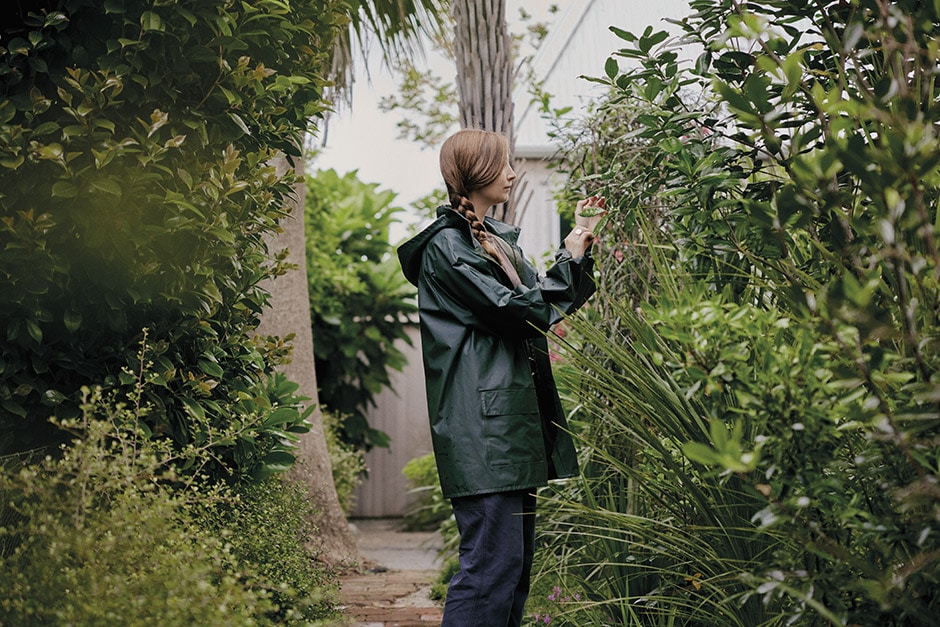Most of Claire Mahoney’s childhood was spent playing in two very different gardens in the foothills of Tāmaki Makaurau/Auckland’s Waitākere ranges, near Te Henga/Bethells Beach. Her mum’s garden was a bit wild and overgrown, in a good way, with fruit trees, herbs, flowers and natives. Next door, her Irish grandmother’s garden was filled with magnolias, roses and borders maintained alongside the gardener who tended it with her. Today, Claire lives in a heritage apartment in the central city. “Sometimes I wish I had a garden, but I spend all day in them,” she says. Anyway, she reckons she’s in good company: “The great 20th-century garden designer Russell Page didn’t have a garden for much of his life.”
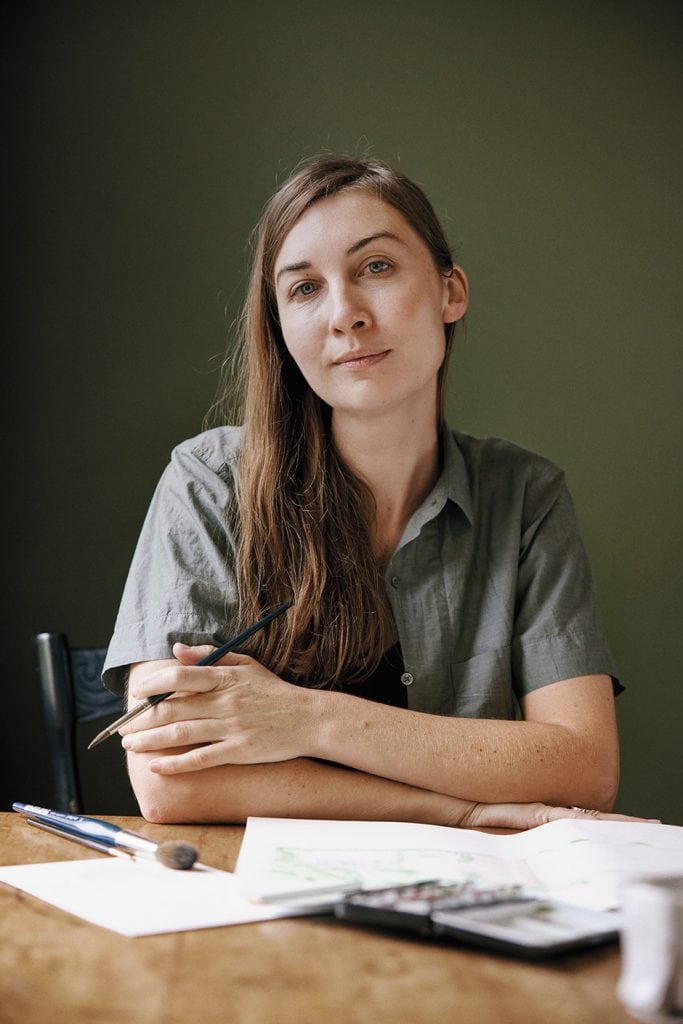
So Claire, how did you come to be a landscape designer? I always knew I wanted to do something creative and am grateful my parents encouraged me to find my own path. I studied fine arts — sculpture — and was gardening part-time while I finished my degree. I started designing the gardens I was working on in my head, which led to studying landscape design. Creating gardens is like sculpture but with a fourth dimension, time. Working with living things and existing ecosystems adds further layers of complexity.
What services does Claire Mahoney Studio offer? I design gardens and landscapes, and work on projects of different scales, taking them through the design process from a concept plan to planting on site. I love the detail and intimacy that small gardens afford and large landscapes for the long-term vision they allow.
In the past year, I’ve completed designs and planting plans for a wide range of projects — small, inner-city courtyards; a 1930s heritage garden; large-scale rural revegetation… My ethos is the same throughout: being sensitive to the landscape and treading gently. This largely means reducing impermeable surfaces, using plants that are appropriate to the site, increasing biodiversity and considering the wildlife that inhabits these spaces.
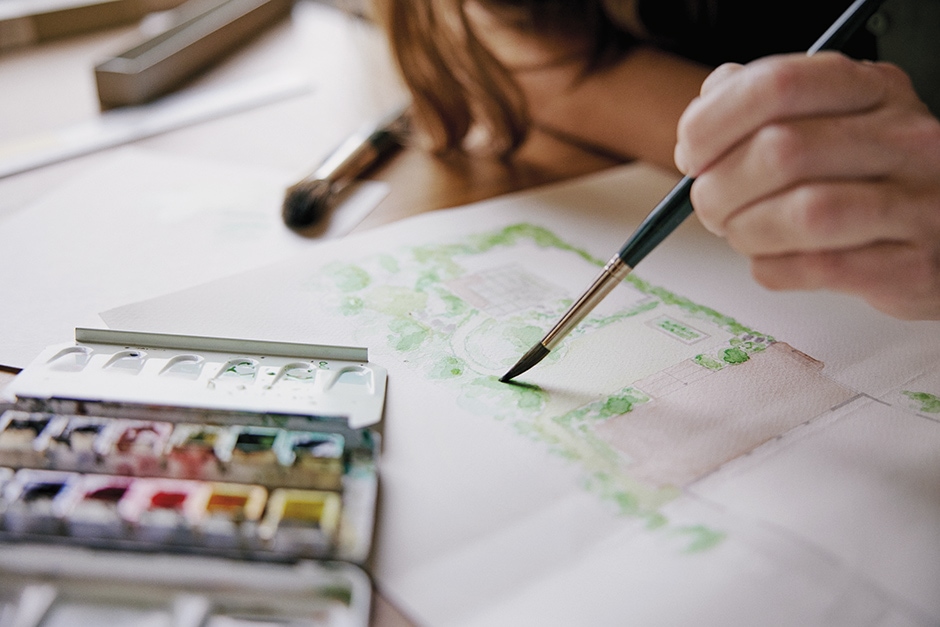
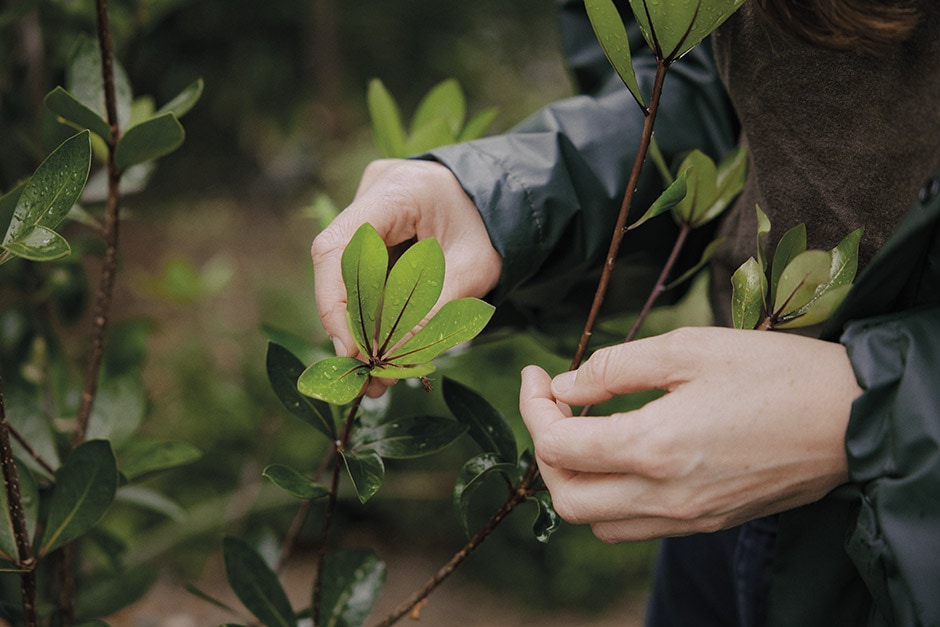
What does a typical workday look like for you? Some weeks, I’ll be in the studio every day working on plans; other weeks, I’m out on site or visiting nurseries and suppliers. I also tend a couple of private gardens, which is where I think and experiment. I love nothing more than when I can clear my schedule and spend the afternoon in a garden.
How would you describe your creative process? I draw on the natural landscape and favour simple gestures over grand statements. It may be the light at a certain time of day, an image I’ve seen in a book or a plant combination I’ve documented that sparks an idea.
When I’m in the studio, I work by hand as much as possible, through sketching, model making and researching. I only go on the computer at the last possible moment to pull a design together. I share a studio with architects and find being around people working in a similar field stimulating.
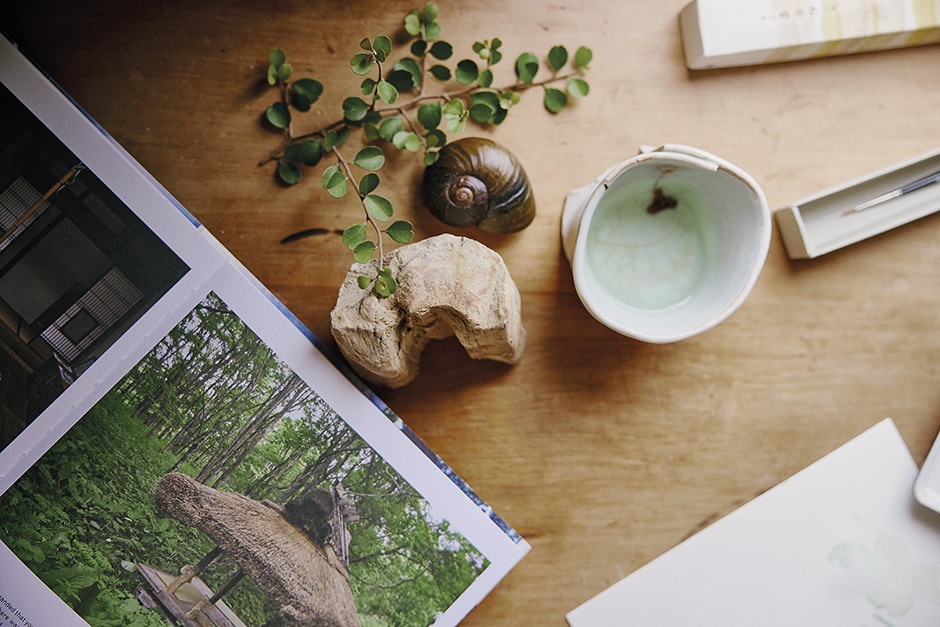
How do you approach landscape design with your clients? First off, I try to observe and understand the context of a client’s site, and often, the site speaks for itself. As we move through the design process together, I gain more understanding about how a client likes to be in a space and what a garden means to them. The quality of the spaces we live in has a direct effect on our perception of the world and our quality of life, so I often see my role as a facilitator to further connect people to their environment.
How do you choose which plants to use? I spend time walking around the surrounding areas of every site and noting what’s growing well, which helps me understand the soil type. I love to mix natives and exotics and experiment with new combinations; I write them in my notebook whenever I see something that catches my eye. My favourite native plants are divaricates. There’s a vast range that adds great texture to a garden. Pittosporum and Coprosma are both diverse genera with some little-known species that deserve more recognition and space in our gardens.
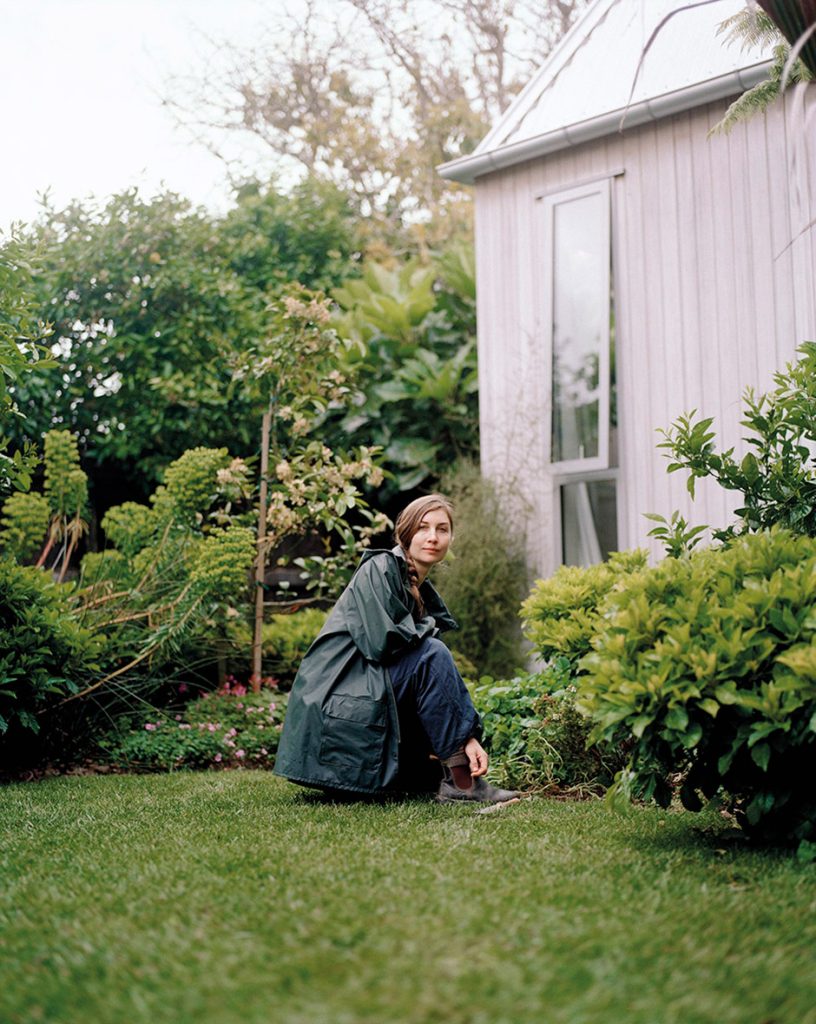
Is there a particular local garden you like to visit? We’re so lucky to have many varied landscapes to visit in Aotearoa. I often go walking in different parts of the country to look at plants in their natural environments. So often the plant combinations and patterns seem incredible and I wonder, ‘Who designed this?’
Keen to hire Claire? Get in touch via @clairemahoneystudio and infoclairemahoneystudio.com, or @tradespeople_nz, Aotearoa’s directory of women and gender-diverse tradies.
Interview Emma Kaniuk
Photography Frances Carter

